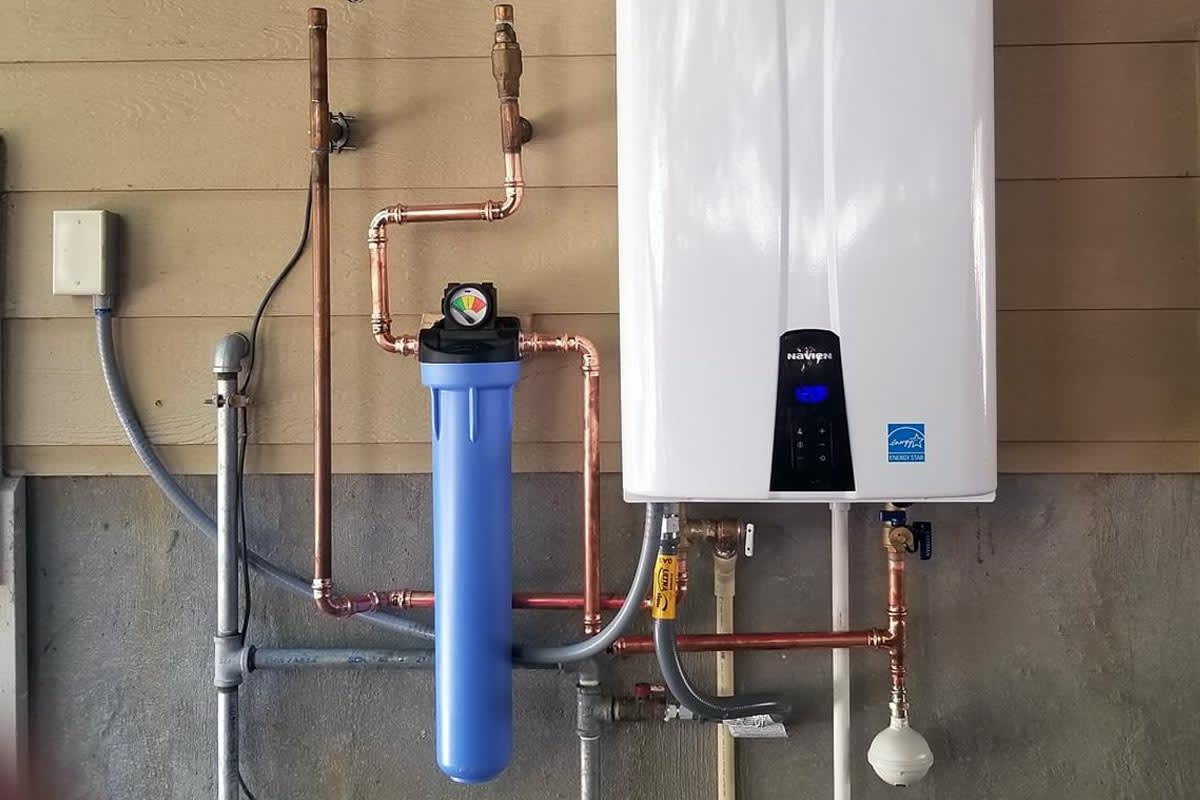On this page below you can locate more exceptional news in regards to Tips on Maintaining a Water Heater.

Warm water is essential for everyday convenience, whether it's for a refreshing shower or cleaning dishes. To guarantee your warm water system runs effectively and lasts much longer, normal maintenance is crucial. This article supplies sensible suggestions and understandings on how to keep your home's warm water system to avoid disturbances and costly fixings.
Introduction
Keeping your home's warm water system could seem complicated, but with a few straightforward actions, you can ensure it operates smoothly for many years ahead. This guide covers every little thing from understanding your hot water system to DIY upkeep ideas and recognizing when to contact professional aid.
Relevance of Maintaining Your Hot Water System
Normal maintenance not only prolongs the life-span of your hot water system but also guarantees it runs successfully. Disregarding maintenance can bring about reduced performance, greater energy costs, and also premature failing of the system.
Indications Your Hot Water System Needs Upkeep
Understanding when your warm water system needs interest can stop significant problems. Watch out for indicators such as irregular water temperature, unusual noises from the heating system, or rusty water.
Comprehending Your Warm Water System
Prior to diving right into upkeep jobs, it's handy to comprehend the fundamental parts of your warm water system. Commonly, this consists of the hot water heater itself, pipelines, anode poles, and temperature controls.
Monthly Maintenance Tasks
Regular monthly checks can aid capture small issues prior to they rise.
Purging the Hot Water Heater
Flushing your water heater removes sediment buildup, improving efficiency and prolonging its life.
Monitoring and Changing Anode Rods
Anode poles avoid corrosion inside the tank. Inspecting and replacing them when worn out is essential.
Inspecting and Adjusting Temperature Level Settings
Readjusting the temperature level settings guarantees optimal efficiency and security.
DIY Tips for Maintenance
You can perform numerous upkeep jobs yourself to keep your warm water system in top problem.
Checking for Leakages
On a regular basis check pipes and links for leaks, as these can bring about water damage and greater expenses.
Checking Stress Relief Valves
Checking the pressure safety valve guarantees it works appropriately and prevents excessive stress build-up.
Shielding Pipes
Protecting warm water pipelines reduces heat loss and can conserve power.
When to Call a Professional
While DIY maintenance is beneficial, some concerns call for specialist expertise.
Facility Problems Requiring Specialist Help
Instances include significant leaks, electric issues, or if your hot water heater is constantly underperforming.
Routine Expert Maintenance Perks
Expert maintenance can consist of comprehensive examinations, tune-ups, and making sure conformity with security criteria.
Verdict
Regular upkeep of your home's warm water system is vital for performance, durability, and price financial savings. By following these suggestions and recognizing when to seek expert aid, you can guarantee a trusted supply of warm water without unexpected interruptions.
How to Maintain an Instant Hot Water Heater
Before tinkering with your hot water heater, make sure that it’s not powered on. You also have to turn off the main circuit breaker and shut off the main gas line to prevent accidents. Also turn off the water valves connected to your unit to prevent water from flowing into and out of the appliance. 2. When you’re done, you have to detach the purge valves’ caps. These look like the letter “T” and are situated on either side of the water valves. Doing so will release any pressure that has accumulated inside the valves while at the same time avoid hot water from shooting out and burning your skin. 3. When the purge valves’ caps are removed, you have to connect your hosing lines to the valves. Your unit should have come with three hoses but if it didn’t, you can purchase these things from any hardware or home repair shops. You can also get them from retail stores that sell water heating systems. Read the user’s manual and follow it to complete this task properly. When the hosing lines are connected, open the purge port’s valves. 4. You should never use harsh chemical cleaners or solutions when cleaning your unit. Make use of white vinegar instead. It should be undiluted and you’ll probably use about 2 gallons. 5. Now flush your water heater. This task should probably take about 40 minutes. We can’t give you specific directions for this because the procedure is carried out depending on the type, model and brand of your heater. With that being said, refer to the user’s manual. 6. When you’re done draining the unit, you have to turn off the purge port valves again. Remove the hosing lines that you earlier installed on each of the water valves. Put the valve caps (purge port) back in their respective places and be very careful so as not to damage the rubber discs that are found inside these caps. 7. Now that everything’s back in place, check your user’s manual again to find out how to reactivate your water heating system. 8. Once it is working, turn one of your hot water faucets on just to let air pass through the heater’s water supply pipes. Leave the tap on until water flows smoothly out of it. https://www.orrplumbing.com/blog/2014/september/how-to-maintain-an-instant-hot-water-heater/

I discovered that content on Tips on Maintaining a Water Heater when looking around the internet. Are you aware of someone else who is looking into the subject? Take a moment to share it. I love your readership.
Book Service Now